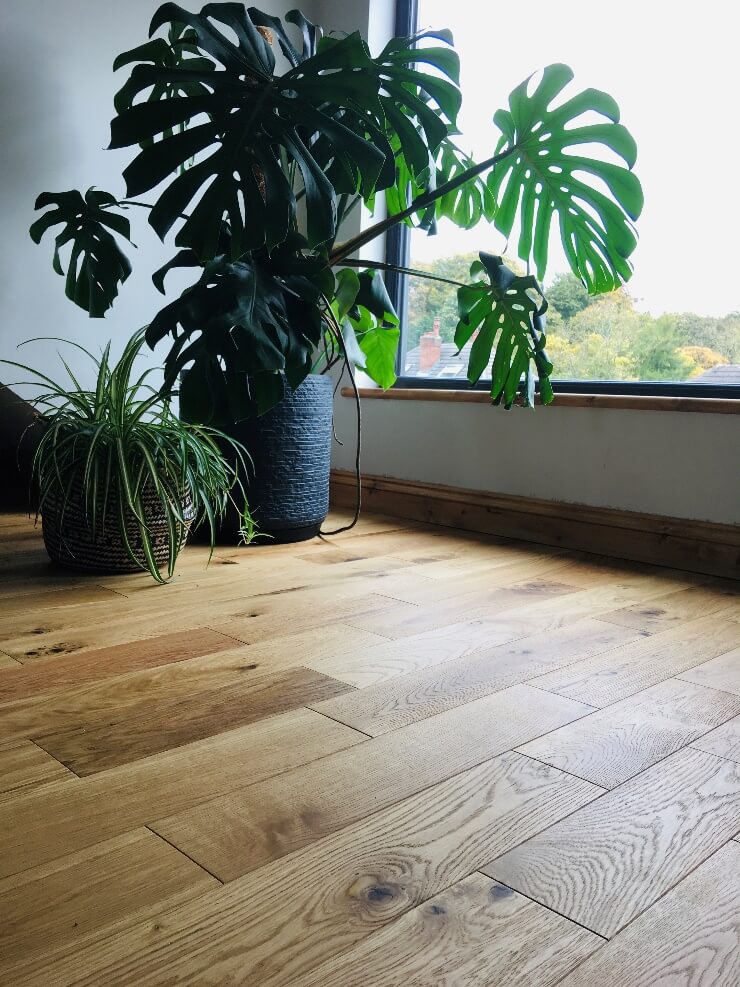These days we are all stuck in inside for much longer than we would normally like to be. So, we’ve adapted and started to make the most of the space around us, including by renovating and redecorating our space at home with beautiful flowers and mirrors.
If there’s one thing that can add peace and serenity as well as a casual style to any room, it’s plants. With great health and stress busting benefits it’s no wonder no room looks complete without some. But if your home or office is short on light it’s hard to know which plants to pick.
When choosing a plant, you should take into consideration the amount of time and commitment you have available for tending to the plant, pruning leaves, watering, repotting, and so forth. Additionally, it’s worth noting that some plants can be toxic to children and pets so if you have cats who enjoy nibbling on your greenery it would be wise not to bring holly or other poisonous offerings into your home. Once you have an idea of the look you’re going for and what plants are out of the question, you’ll be ready to start choosing.
Luckily, we have a list to help you do just that.
Snake Plants
Snake Plants do well in shady corners of rooms and are one of the easiest plants to look after. All plants require different care, and some need less water than others. Snake plants don’t need much direct sunlight and like their soil to dry before watering again. Try not to overwater your plants to the point they overflow from their pots as spillages can affect engineered, laminate, and solid wood floors.
Monstera Plants
Monsteras are very tolerant house plants as they can withstand direct sunlight but thrive best in medium indirect light, for example in the corner of a living room. Their leaves are an iconic image, leading to its nickname as the swiss cheese plant.
Devil’s Ivy
Devil’s Ivy unlike other ivy plants, also called the Pothos plant, can be rather impressive, often growing 6-8 feet indoors, even under minimal care. The plant enjoys filtered light or bright artificial light, making it perfect for a shady office that is lit mainly with overhead bulbs. Just ensure you keep this pant away from children and pets as it can be toxic.
Nerve Plants
Nerve Plants can be a little tricker to take care off compared to some of the plants on this list, but they can be an eye-catching addition to any room. Originally found growing on forest floors, nerve plants don’t require much light.
Lucky Bamboo
Lucky bamboo does well in light shade and indirect light so it’s great for rooms with windows that doesn’t always get the most natural light. This plant can be grown in both soil and water but remember to always use clean water to refresh your plant. Remember to place a trivet or caddy under saucers for plants for air to circulate so that water doesn’t pool underneath (which will lead to long term damage, especially on solid wood floors). Placing plants on mats or rugs as well can help maintenance by collecting any shedding or spills from watering.
ZZ Plant
This plant is known for being virtually indestructible, so it makes a great first plant for those just dipping their toes into indoor gardening. It’s the ideal plant for a windowless office or bathroom as it does great in low levels of light. Just water only when the soil dries out.
If after all this you’re still hesitant about the responsibility of becoming a plant owner, it’s worth noting artificial plants can look realistic and require only the upkeep of an occasional dusting! We think solid floors in a natural deep brown will look great with lots of green plants, natural textures, reclaimed wood furniture, and a muted colour palette for a bohemian feel.

